The world of pet keeping extends far beyond the familiar realms of cats and dogs. In recent years, exotic pets have gained popularity, with stick insects emerging as fascinating companions for those seeking something different. These remarkable creatures, resembling twigs and branches, offer a unique pet-keeping experience that combines minimal maintenance with maximum intrigue. From their captivating camouflage abilities to their gentle nature, stick insects present an accessible entry point into the world of invertebrate pets. This article explores the various reasons why these peculiar insects have crawled their way into the hearts and homes of pet enthusiasts worldwide, revealing both the practical benefits and the unexpected joys of keeping these living twigs as household companions.
The Allure of Living Sticks: What Makes Them Special

Stick insects, or phasmids, represent one of nature’s most remarkable examples of camouflage, with bodies evolved to mimic twigs, leaves, and branches so perfectly that they disappear into their surroundings. This extraordinary adaptation not only provides them protection in the wild but also makes them captivating subjects for observation and study in captivity. Their alien-like appearance—with elongated bodies, deliberate movements, and sometimes spectacular colors when mature—creates an otherworldly presence that many enthusiasts find mesmerizing. Unlike conventional pets that demand attention and interaction, stick insects offer a different kind of companionship based on quiet observation and appreciation of evolutionary marvels. Their prehistoric appearance connects keepers to the ancient world, providing a living window into evolutionary processes that have remained largely unchanged for millions of years.
Low-Maintenance Pet Keeping

One of the most appealing aspects of keeping stick insects is their remarkably low maintenance requirements compared to traditional pets. They don’t need daily walks, regular grooming, or constant attention—making them ideal companions for busy individuals or those with limited time for pet care. Most species require feeding just two or three times a week with fresh leaves from specific plants, which can often be gathered from gardens or nearby areas. Their enclosures need only occasional cleaning, typically every few weeks, as these insects produce minimal waste and don’t create unpleasant odors. Housing requirements are straightforward: a well-ventilated container with appropriate climbing structures and a substrate for egg-laying provides everything these creatures need to thrive. This simplicity makes stick insects particularly suitable for people living in apartments or those unable to commit to more demanding pets while still enjoying the rewards of animal keeping.
Educational Value for Children and Adults

Stick insects serve as living educational tools, offering hands-on learning experiences about biology, ecology, and conservation. Children can witness the complete insect life cycle—from egg to nymph to adult—observing metamorphosis and development in real-time over several months. These observations naturally introduce concepts like exoskeleton molting, camouflage adaptation, and reproductive strategies in a tangible way that textbooks cannot match. For adults, stick insects provide opportunities to study complex behaviors and evolutionary adaptations, from parthenogenesis (reproduction without mating) in some species to incredible defensive mechanisms like chemical sprays or mimicry. Many teachers incorporate stick insects into classroom environments as living science exhibits that encourage responsibility and careful observation while generating enthusiasm for entomology and natural sciences. The relatively short lifespan of most species (typically 1-2 years) allows observers to witness multiple generations, providing lessons about life cycles and the passage of time.
Perfect Pets for Small Spaces
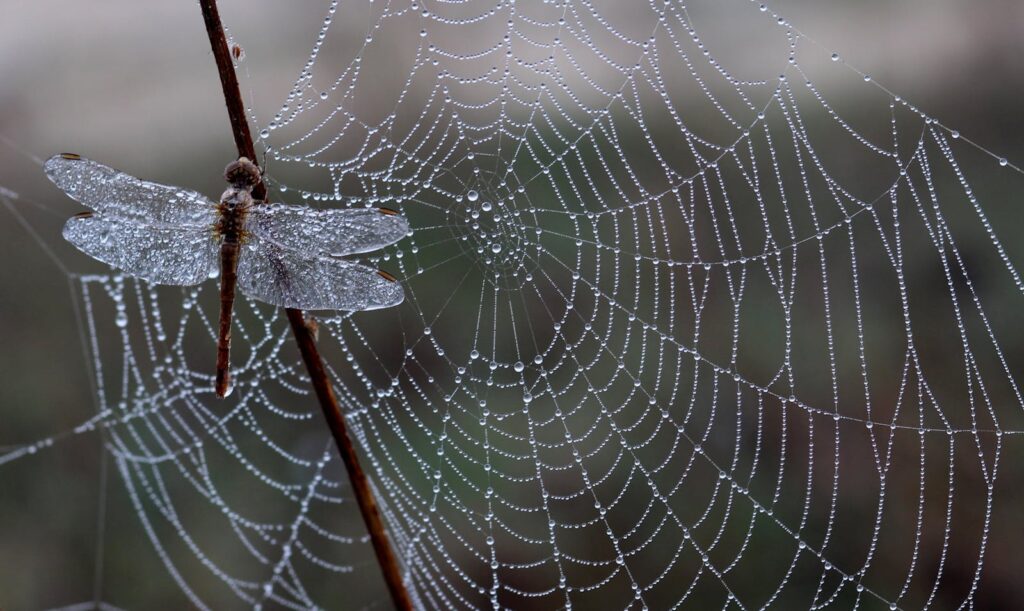
The practical spatial advantages of keeping stick insects make them particularly suitable for contemporary living situations with limited space. Unlike traditional pets that require significant room to roam, stick insects thrive in compact enclosures that can be as small as a medium-sized terrarium or modified aquarium. This space efficiency makes them ideal for apartment dwellers, dorm residents, or anyone with spatial constraints who still wishes to experience animal keeping. Their vertical orientation—preferring to climb and hang from branches rather than requiring floor space—means their habitats can utilize vertical room that might otherwise go unused. Most species are content in enclosures measuring just 30 by 30 centimeters, taking up less space than a microwave oven while providing a fascinating living display. Additionally, their quiet nature and lack of odor ensure they won’t disturb neighbors or roommates, making them considerate pets for communal living situations.
Therapeutic Benefits of Insect Keeping

The meditative quality of observing stick insects provides surprising psychological benefits that many keepers discover after bringing these creatures into their homes. Their slow, deliberate movements create a naturally calming effect, similar to watching fish in an aquarium but with the added dimension of complex behaviors to observe. This gentle pace encourages mindfulness and present-moment awareness as keepers slow down to match the insects’ tempo, offering a natural antidote to the frenetic pace of modern life. Caring for stick insects establishes a regular routine of simple responsibilities that can help structure time and create a sense of purpose without becoming overwhelming. Research into animal-assisted therapy has begun recognizing the benefits of invertebrate keeping for people with anxiety disorders, depression, or those recovering from trauma, as these creatures demand attention without creating emotional pressure or expectations. The predictable, uncomplicated nature of stick insect care provides a sense of control and accomplishment that can be especially valuable for individuals whose lives otherwise feel chaotic or unpredictable.
Fascinating Diversity of Species

The world of stick insects presents remarkable diversity with over 3,000 known species, offering enthusiasts an endless journey of discovery and specialization. Beginners often start with hardy species like the Indian stick insect (Carausius morosus) before progressing to more exotic varieties such as the Thorny Devil (Eurycantha calcarata) with its intimidating spines, or the stunning Pink-Winged stick insect (Sipyloidea sipylus) that reveals flashes of color when disturbed. Size variation among species is extraordinary, ranging from delicate specimens measuring just a few centimeters to the impressive Giant Prickly stick insect (Extatosoma tiaratum) that can reach over 20 centimeters in length. Advanced keepers often develop breeding programs for rarer species, contributing to conservation efforts and the preservation of genetic diversity within captive populations. Some enthusiasts specialize in particular geographic regions, creating biotope terrariums that replicate specific habitats from tropical rainforests to dry Australian scrublands, complete with appropriate plant species and environmental conditions.
Creating the Perfect Habitat
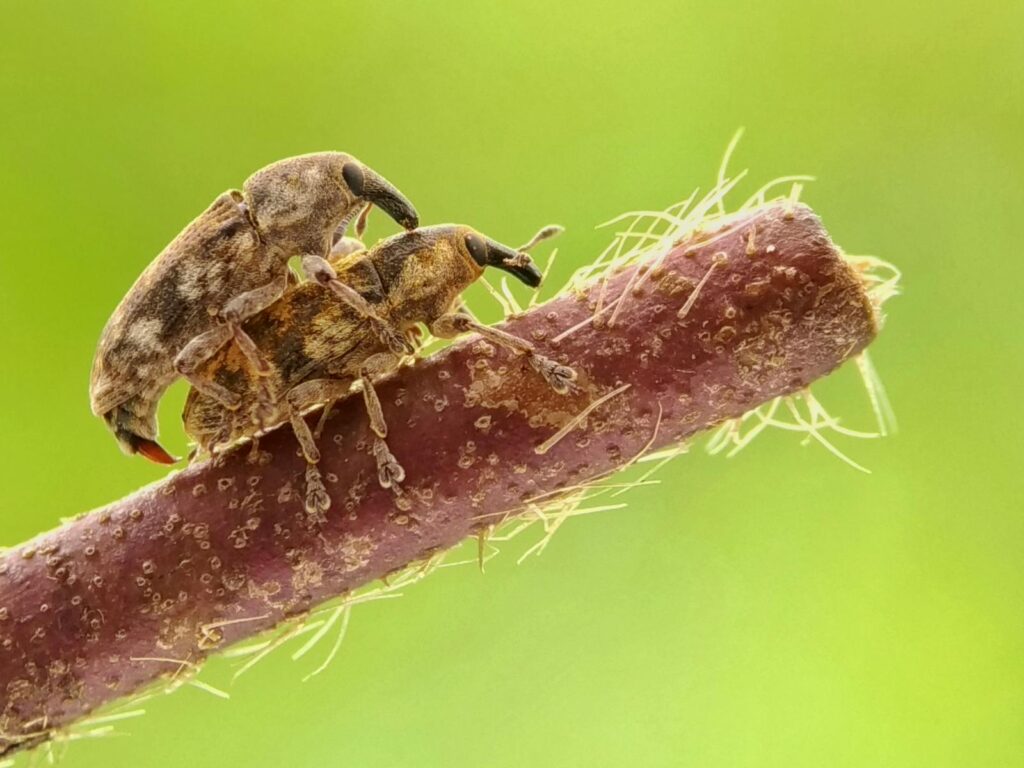
The artistry of terrarium design represents a significant part of the stick insect hobby, combining practicality with aesthetic considerations to create beautiful living displays. Successful habitats balance the biological needs of the insects with visual appeal, incorporating appropriate climbing structures like branches, mesh sides for molting, and sufficient height for larger species. Planting live food sources directly in the enclosure not only ensures fresh nutrition but also creates a more naturalistic environment where insects can behave as they would in the wild, climbing and feeding among foliage. Temperature and humidity management become crucial elements of habitat design, with many tropical species requiring carefully maintained conditions that might include gentle heating, regular misting, or automated climate control systems in more elaborate setups. Creative keepers often incorporate natural elements like cork bark, preserved moss, and carefully selected stones to create miniature landscapes that transform utilitarian enclosures into conversation pieces that enhance home décor while providing optimal conditions for their inhabitants.
The Social Aspect of the Hobby

Despite the solitary nature of the insects themselves, the community surrounding stick insect keeping has flourished into a vibrant social network connecting enthusiasts worldwide. Online forums and social media groups dedicated to phasmid keeping bring together novices and experts to share breeding successes, troubleshoot care challenges, and exchange species that might otherwise be difficult to obtain. Annual exhibitions and insect fairs in major cities provide opportunities for keepers to meet in person, attend workshops, and view rare species that might not be commonly available in the pet trade. The collaborative spirit of the community has led to significant advances in husbandry techniques and the publication of care guides that have made the hobby more accessible to beginners. Many enthusiasts report that what began as a solitary interest in unusual pets has blossomed into meaningful friendships and mentorship relationships that extend beyond the shared hobby, creating connections across geographic and cultural boundaries.
Ethical Considerations and Responsible Keeping
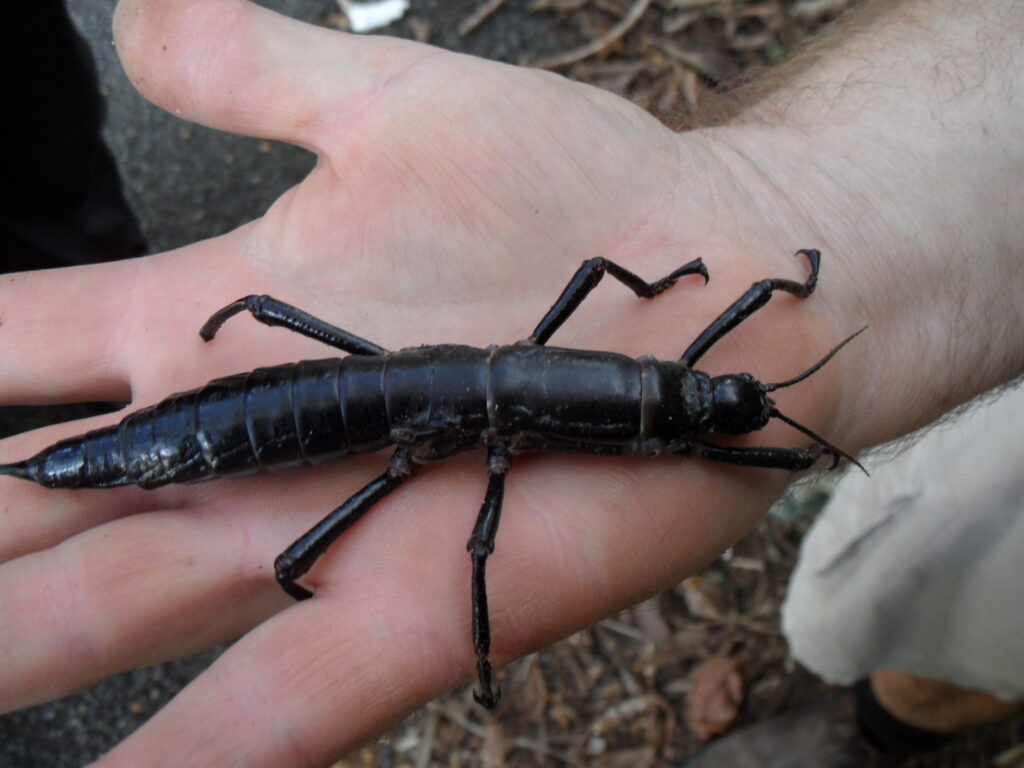
Responsible stick insect keeping encompasses important ethical considerations that conscientious enthusiasts must navigate. The primary concern involves the environmental impact of the hobby, particularly the risk of non-native species establishing invasive populations if accidentally or deliberately released into unsuitable environments. Ethical keepers emphasize proper containment measures and responsible disposal of eggs and molts to prevent potential ecological disruptions. The sourcing of specimens represents another crucial consideration, with ethical keepers avoiding wild-caught specimens in favor of captive-bred individuals from established breeders who maintain genetic diversity and healthy bloodlines. Many serious enthusiasts participate in studbooks and breeding programs for rarer species, contributing to conservation efforts and reducing pressure on wild populations. Ethical care standards have evolved within the community to ensure that enclosures provide not just the minimum requirements for survival but optimal conditions for behavioral expression and natural lifespans, recognizing that even invertebrates deserve appropriate welfare considerations.
Breeding Success and Challenges

Breeding stick insects presents both rewarding successes and intriguing challenges that keep enthusiasts engaged with the hobby for years. Many species reproduce readily in captivity, with females laying dozens or even hundreds of eggs that hatch into miniature versions of the adults after incubation periods ranging from weeks to months depending on the species. The fascinating reproductive adaptations observed across different species include parthenogenesis, where females produce viable eggs without mating, and sexual dimorphism, where males and females display dramatically different appearances and behaviors. Successful breeding requires careful attention to environmental factors like temperature and humidity during egg development, with some species requiring specialized conditions like cold periods to trigger proper development. The greatest reward for many breeders comes from successfully rearing a species through multiple generations, potentially contributing to the preservation of rare varieties and the development of hardier captive strains adapted to domestication. Sharing surplus nymphs with other enthusiasts helps spread the hobby while ensuring genetic diversity within captive populations.
Overcoming Common Misconceptions
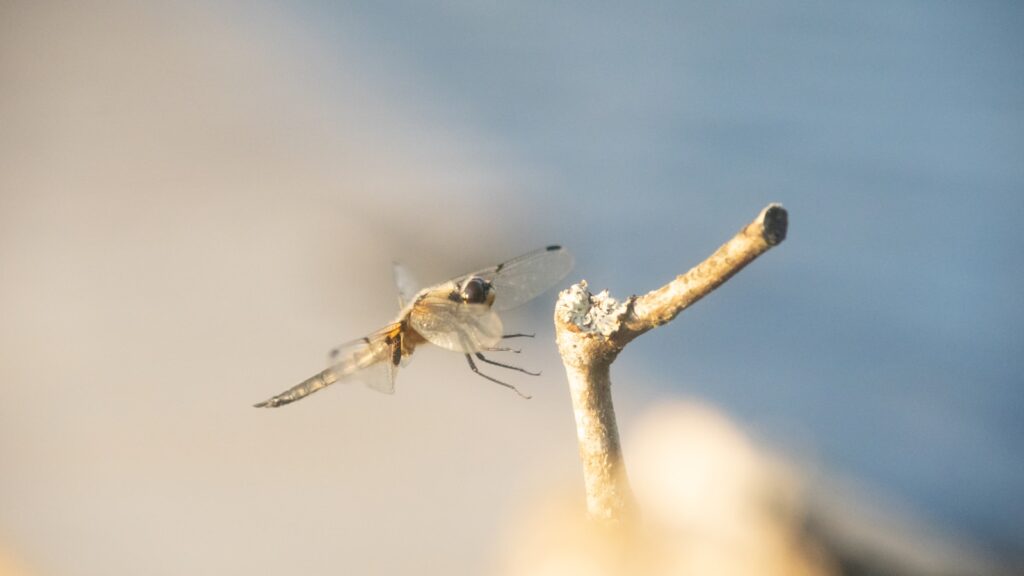
Despite their growing popularity, stick insects still face numerous misconceptions that create barriers for potential keepers. The most persistent myth involves the belief that all insects are dirty or disease-carrying, when in reality, stick insects are among the cleanest pets available, producing minimal waste and carrying no diseases transmissible to humans. Another common misconception suggests that exotic pets like stick insects are difficult to keep alive, when most species actually have straightforward care requirements that are easier to meet than those of many traditional pets. Some potential keepers worry about escapes, imagining homes overrun with insects, without realizing that stick insects move slowly, are easily contained, and cannot survive long in typical indoor environments without their specific food plants. Perhaps the most restrictive misconception involves the assumption that insects cannot be interesting or engaging pets, when experienced keepers regularly observe complex behaviors, individual temperaments, and fascinating adaptations that provide endless interest. Education within the hobby focuses on dispelling these myths through outreach, demonstrations, and the sharing of positive experiences.
Feeding Habits and Dietary Needs
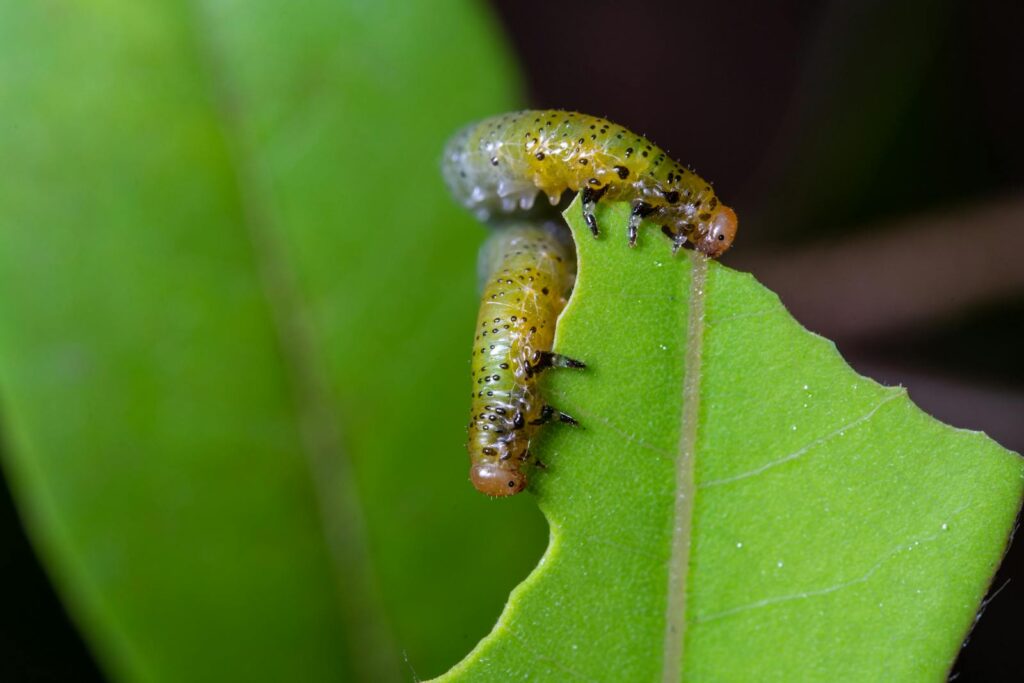
The specialized herbivorous diet of stick insects presents both challenges and satisfactions for keepers dedicated to providing optimal nutrition. Most species demonstrate strong food plant preferences, with some specialists feeding exclusively on particular plants like bramble, oak, eucalyptus, or ivy, while more adaptable species accept a wider range of foliage. The seasonal nature of plant availability in temperate climates requires planning and sometimes creativity, with some dedicated keepers maintaining indoor plant nurseries or forming relationships with botanical gardens to ensure year-round access to appropriate food. Presenting food properly significantly impacts feeding success, with most species preferring fresh cuttings placed in water to maintain freshness, positioned vertically to mimic natural growing conditions. Careful observation of feeding preferences provides insights into evolutionary adaptations, as insects demonstrate selective behaviors that maximize nutritional intake while avoiding plant defense compounds that might be harmful. The routine of gathering fresh food creates a connection to local environments, encouraging keepers to become more observant of seasonal changes and plant identification in their surroundings.
Looking to the Future of the Hobby

The stick insect keeping hobby continues to evolve with promising developments that suggest a bright future for both enthusiasts and the insects themselves. Advances in understanding the specific environmental requirements of rare species have improved breeding success rates, helping ensure that threatened species maintain viable captive populations as insurance against habitat loss in the wild. The growing intersection between amateur keepers and scientific research has created citizen science opportunities where hobbyists contribute valuable observations about behavior, longevity, and reproductive patterns that might otherwise go undocumented. Technological innovations in terrarium design, including automated climate control systems and specialized lighting, have made maintaining optimal conditions more accessible even for challenging species with specific requirements. The increasing popularity of natural history and the “backyard biodiversity” movement has created new interest in invertebrate keeping among environmentally conscious individuals seeking connections with the natural world. As understanding of invertebrate cognition and welfare continues to develop, the hobby will likely evolve to incorporate more sophisticated approaches to environmental enrichment and behavioral opportunities for these fascinating creatures.
Conclusion
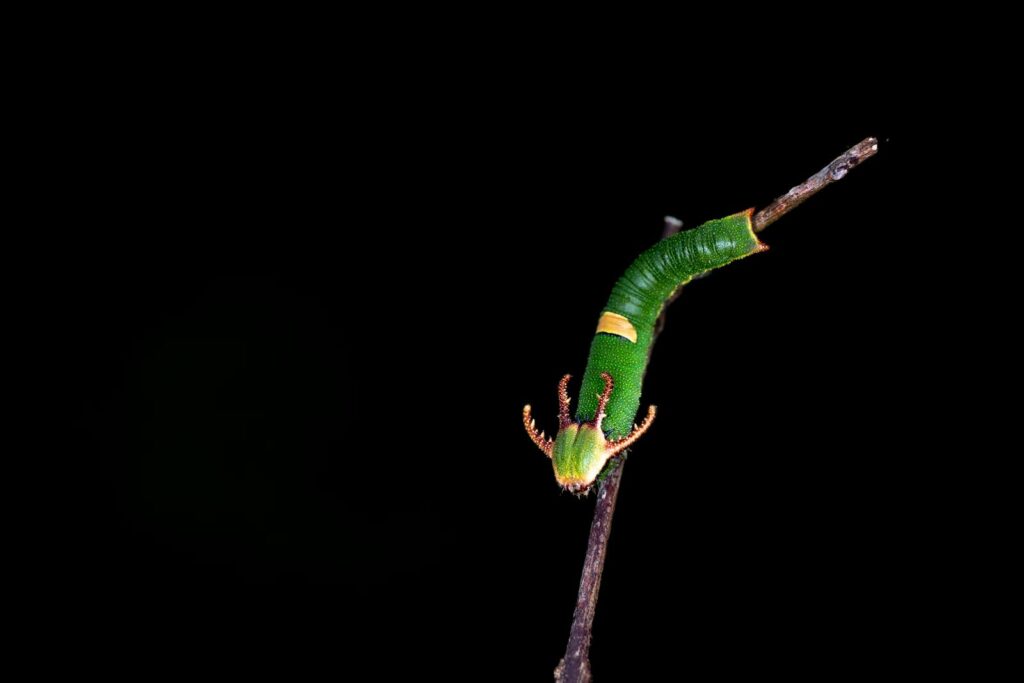
The growing popularity of stick insects as pets reflects a broader shift in our relationship with the natural world—one that recognizes the value and fascination of even its smallest inhabitants. These remarkable creatures offer a unique combination of practical advantages and captivating characteristics that make them accessible to a wide range of keepers. From their minimal space requirements and straightforward care needs to their extraordinary evolutionary adaptations and surprising behaviors, stick insects provide a window into the complexity of natural systems while demanding little in return. Whether kept by curious children, space-constrained urbanites, or dedicated entomologists, these living branches continue to find their place in homes worldwide, proving that sometimes the most rewarding companions come in unexpected forms.

